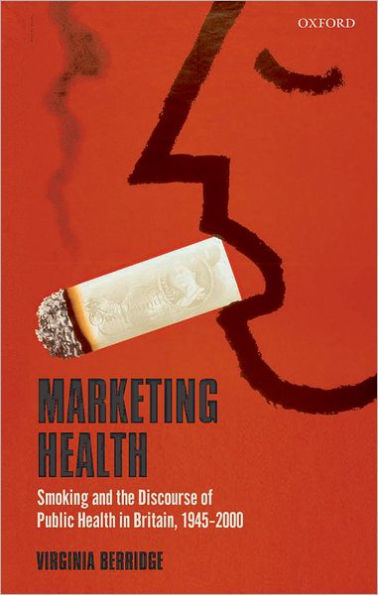The post war history of public health and the role of smoking within that history epitomises the tensions which surround taking health to the public. Public health history has largely concentrated on the nineteenth century sanitary period or on the years before the Second World War, often focussing on the environmental advances, or on the professional and occupational history of public health as an activity. This book has a different focus: it deals with the change in the outlook of public health post war. From a focus on services, vaccination, and dealing with health issues at the local level, public health had developed new discourse. Centring on chronic disease, it became concerned with the concept of "risk" and targeted individual behaviour. The mass media and centralised campaigning directed at the whole population replaced local campaigns, and politicians changed their mind about speaking directly to the public on health matters. Their early worries about the 'nanny state' gave place to a desire to inculcate new norms of behaviour, and it was debated how change was to be achieved.
Identifying debates between those believing in "systematic gradualism" and those who advocated a more coercive approach, Virginia Berridge uses smoking as a model. Such debates brought into play tensions over the relationships between public health and industrial interests. Health campaigning by new style pressure groups like ASH, which were part state funded, was an important motive force behind the change.
In the 1980s and 1990s, public health changed again. Passive smoking and HIV/AIDS brought environmental concerns back into public health, which had disappeared after the 1950s. The "rise of addiction" for smoking demonstrated the power of pharmaceutical interests to define a new "pharmaceutical public health" in which treatment and "magic bullets" were also tactics for prevention. In the early 21st century, public health was play to complex tensions and conflicting impetuses. This book shows that those tensions were nothing new and outlines their development over the last half century.



